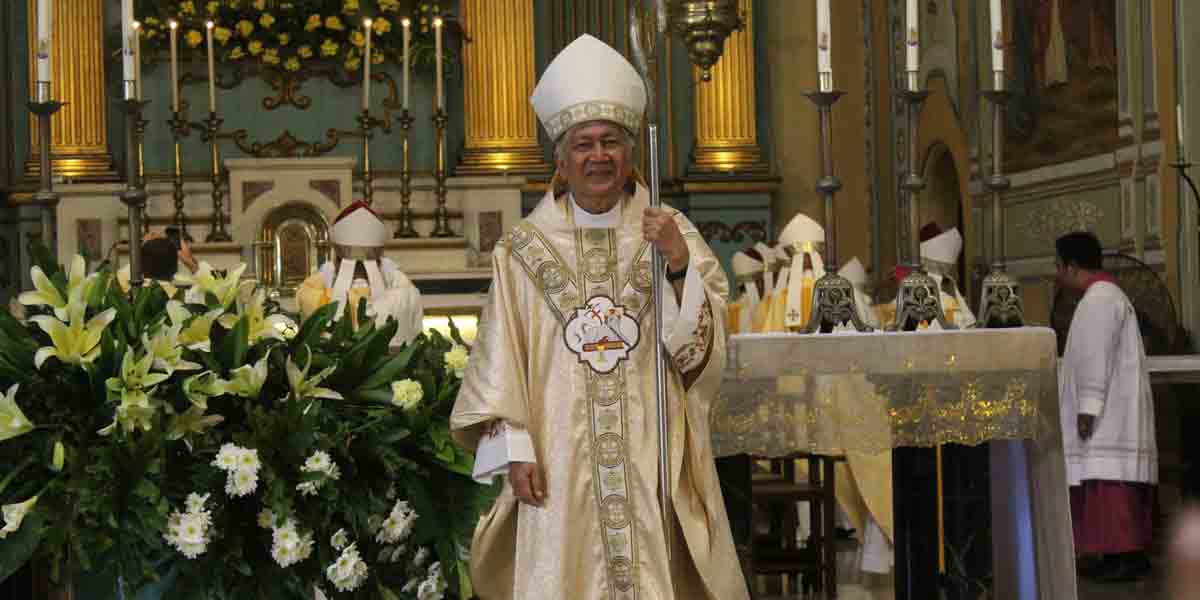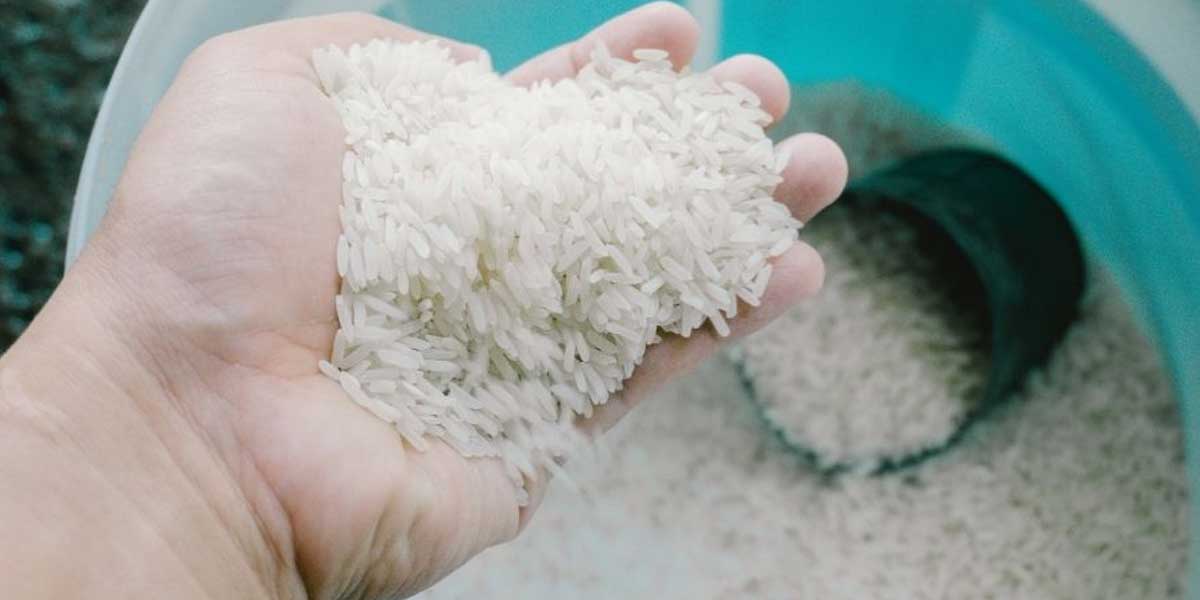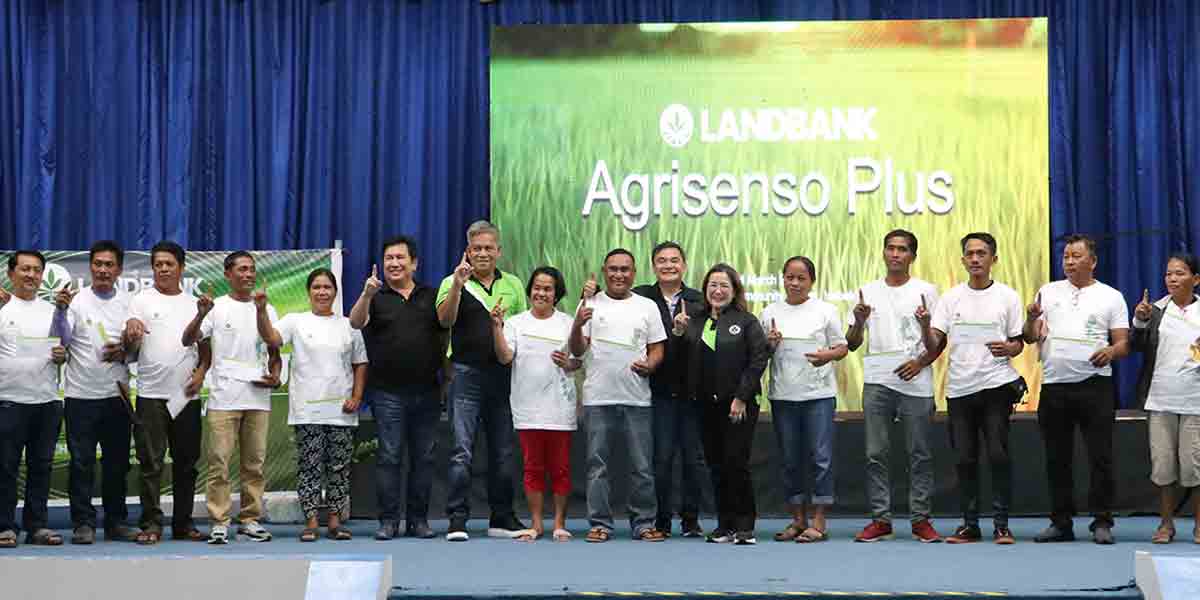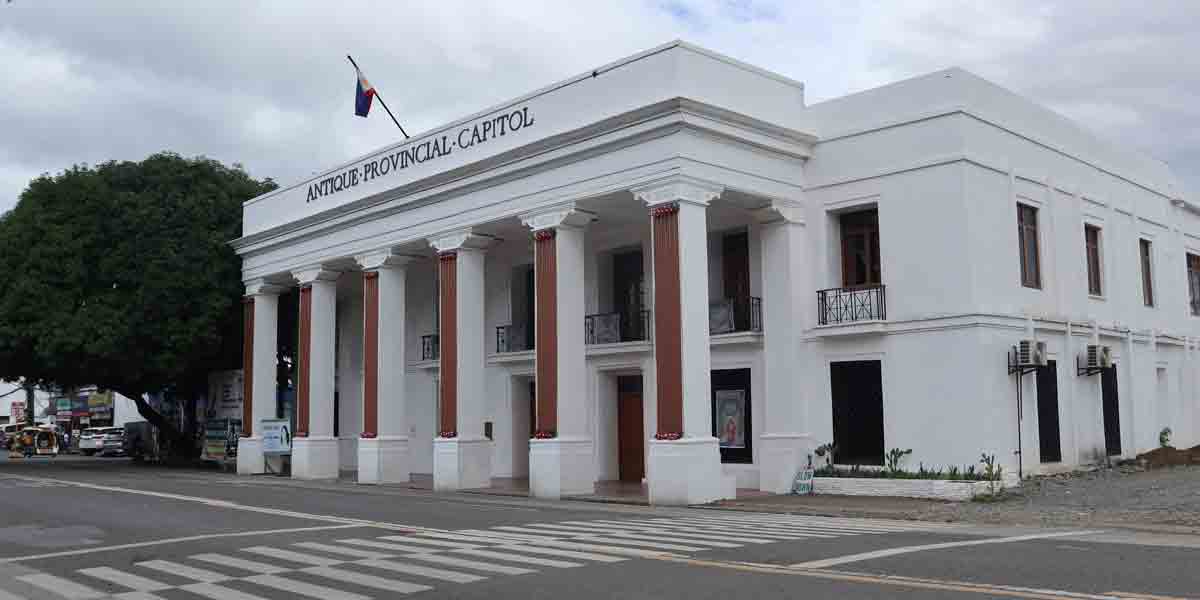By Roger B. Rueda, PhD
Forget Paris, Milan, or New York—if you want to witness true haute couture, head to the misty highlands of South Cotabato, where the T’boli people have been weaving dreams into fabric long before fashion houses even learned how to stitch. Lake Sebu, a thousand feet above sea level, is more than just a tourist spot with breathtaking waterfalls and mirror-like waters; it is a living, breathing testament to the artistry and resilience of indigenous craftsmanship.
Here, the weavers do not simply create textiles—they summon patterns from the ethereal world, turning visions into the sacred T’nalak cloth. They are called the Dream Weavers for a reason. And if you think fashion is just about aesthetics, think again. These intricate patterns carry history, identity, and the very soul of a people who refuse to let time erode their heritage.
A Land of Living Treasures
In a country where everything “imported” is glorified, it is almost criminal how little we celebrate our own. But thankfully, there are those who recognize that the best of the Philippines does not always come wrapped in Western labels but is instead found in the masterful hands of our own people. Enter the Gawad sa Manlilikha ng Bayan (GAMABA)—the National Living Treasures Award, conferred upon artisans whose mastery of traditional art forms ensures that Filipino culture remains alive and thriving.
Among the twenty-five recipients of this prestigious award, four have hailed from Lake Sebu. The legendary Lang Dulay was the first, a true artist whose T’nalak designs—crafted from the finest abaca fibers—are said to be glimpses into a dream world. She was not merely weaving cloth; she was weaving identity, tradition, and an unbreakable link to the past.
And though Lang Dulay passed in 2015, her legacy is far from over. Her daughter-in-law, Sebulan Dulay, has taken up the mantle, proving that heritage is not just remembered—it is lived. For over sixty years, Sebulan has been perfecting her craft, not only as a weaver but also as a musician, keeping the rhythm of her ancestors alive through the hegelung and kulintang.
A Historic Hat-Trick: Lake Sebu’s 2023 GAMABA Honorees
If history were a sports arena, Lake Sebu just pulled off a hat trick. In 2023, three more of its finest—Barbara Ofong, Rosie Sula, and Bundos Fara—were added to the illustrious GAMABA roster. This is not some flimsy participation trophy. To be declared a National Living Treasure is to be the lifeblood of Filipino culture itself—without you, an entire heritage risks fading into oblivion.
And let us dissect the irony. In this age of mass-produced mediocrity, where fast fashion churns out soulless fabrics at breakneck speed, these three artists stand as an unshakable testament: true craftsmanship does not bow to trends, tradition is not an antique to be discarded, and authenticity will forever be the gold standard.
Threads of Resistance, Weaving the Future
It is easy to dismiss weaving as “just a craft.” But let us be clear—preserving the art of T’nalak is an act of defiance. Every thread spun is a refusal to let colonial mentality erase indigenous identity. Every pattern woven is a statement that history will not be forgotten. And every GAMABA award given is proof that culture does not die when it is passed down; it flourishes.
Lake Sebu, with its dream weavers and living treasures, is not just a place on a map. It is an emblem of what it means to be truly Filipino—rooted in tradition, resilient in spirit, and rich in artistry. So the next time someone tells you that culture is “dying,” point them toward the highlands of South Cotabato, where dreams are not just seen but woven into reality.






















